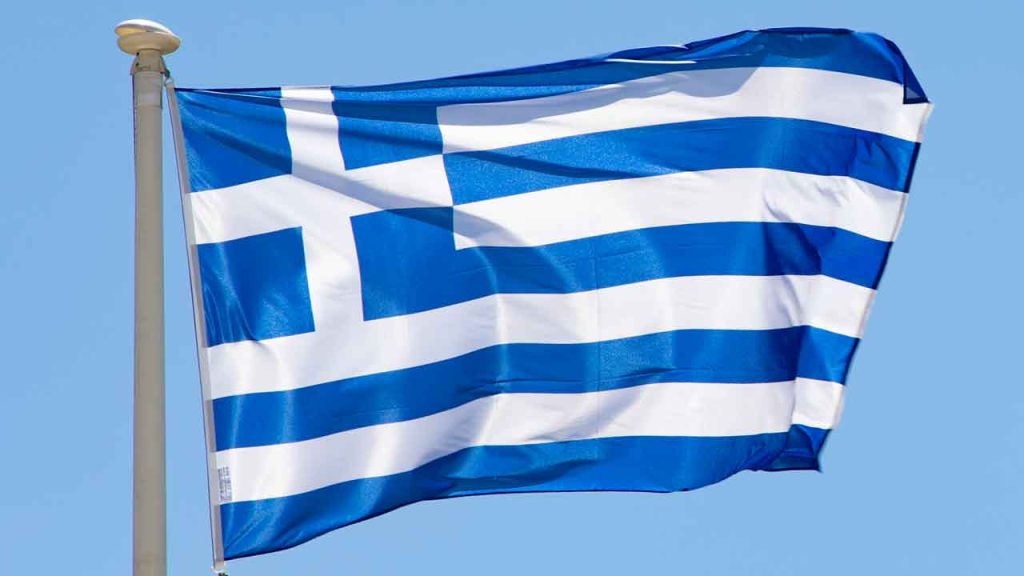The Olympic flame spent the night at the ancient Acropolis in Athens, a week before being handed over to Paris 2024 organizers. A torchbearer lit a cauldron in front of the Parthenon temple during a break in heavy rain, marking the beginning of its journey. The flame will continue on to Delphi and the town of Volos in central Greece before being passed on to French officials in Athens. From there, it will be transported to Marseille on a three-masted sailing ship built in 1896.
The flame was ceremoniously lit at the birthplace of the ancient Games, Olympia, before beginning its journey around Greece. Various torchbearers are carrying the flame to different destinations, with some legs of the relay being completed by ferry or plane. The flame is an important symbol of the Games, representing unity, peace, and friendship among nations. It will continue its journey through France before arriving in Paris for the opening ceremony on July 26.
The historic Olympic flame holds great significance for both Greece and the host country of the upcoming Games, France. The handover of the flame from Athens to Paris represents the continuation of the Olympic spirit and tradition. The flame’s journey through both countries serves as a reminder of the enduring legacy of the Games and the importance of international cooperation and competition. It is a symbol of hope and unity, bringing people together from around the world.
The flame’s visit to the Acropolis and other historic sites in Greece highlights the country’s rich cultural heritage and its connection to the ancient Olympics. The Parthenon temple, where the cauldron was lit, is a symbol of Greek civilization and a UNESCO World Heritage site. The flame’s presence at these sites adds to the tradition and symbolism of the Games, showcasing the history and significance of the event. It serves as a reminder of the Games’ origins and the enduring spirit of athleticism and competition.
The Olympic flame has a long history dating back to the ancient Games, where a sacred flame burned throughout the competitions. In modern times, the flame is lit using a concave mirror to focus the sun’s rays, symbolizing purity and the connection between ancient and modern Games. The torch relay, in which the flame is carried to the host city of the Olympics, is a tradition that began in 1936 for the Berlin Games. The relay represents the passing of the Olympic ideals and values from one generation to the next, uniting people from different backgrounds and cultures.
As the Olympic flame continues its journey from Greece to France, it symbolizes the connection between past and present, tradition and innovation. The flame’s presence at iconic sites like the Acropolis and the ancient stadium in Athens underscores the historical significance of the Games and the enduring legacy of the Olympics. The relay of the flame through both countries serves as a physical representation of the shared values of sportsmanship, unity, and international cooperation that are at the heart of the Olympic movement.


